
2012 national competition project #040 | cafeteria redesign
THE PROBLEM-
Existing concerns at Johnson City High School Cafeteria include lacking space, poor acoustics and an out-of-date kitchen area. The cafeteria may be unsystematic to distribute food to students. Also, it lacks some slight features that could advance the overall cafeteria and expand it, using more natural resources. From my own common awareness I notice that our school’s cafeteria may not work to its maximum potential with the student body.
The lines to get food are extremely unorganized, long and tedious. Also it is very easy to cut and to create problems during the process of lunch time. The way the lunch lines are designed is very chaotic when it comes to lunch time. During lunch kids wait for their food in long lines, wasting their time.
Currently there are roughly 200 students at Johnson City High School. Unfortunately, with all of the students, there may not be enough sitting room in the cafeteria. When it is cold outside the students cannot all fit inside let alone have a place to sit. However, some students prefer to not eat in the existing interior space. The school’s center courtyard is an area of vacant space that has potential to be a wonderful area for outdoor seating. The garden/courtyard will allow our school to be very eco-friendly. The idea of all natural and energy efficient ways to store water, natural soils, and compost would allow our school to offer a healthy cafeteria.
Our existing cafeteria tables can be crowded and uncomfortable. I would like to see a variety of tables for students to collaborate with work, music, and artwork. Also, the cafeteria may consist of too many open entrances, which makes the safety of the building not very reliable.
Through my designs, I will make the cafeteria bigger to hold more students, and change the layout so it is easier to maneuver around. The new cafeteria we are creating will reflect healthy eating habits and energy effectiveness.
THE PROBLEM- (REVISED)
Existing concerns at Johnson City High School Cafeteria include lacking space, poor acoustics and an out-of-date kitchen area. Also, it lacks some slight features that could advance the overall cafeteria and expand it, using more natural resources. Unfortunately, the school’s cafeteria does not work to its maximum potential with the student body.
•The lines to get food are extremely unorganized, long and tedious.
•It is very easy for students to cut and to create problems during the process of lunch time.
•Currently there are roughly 200 students at Johnson City High School. Unfortunately, with all of the students, there is not enough sitting room in the cafeteria.
•When it is cold outside the students cannot all fit inside let alone have a place to sit.
•The school’s center courtyard is an area of vacant space that has potential to be a wonderful area for outdoor seating. The garden/courtyard will allow our school to be very eco-friendly. (The idea of all natural and energy efficient ways to store water, natural soils, and compost would allow our school to offer a healthy cafeteria.)
Revised: 3/29/2012

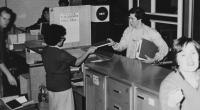


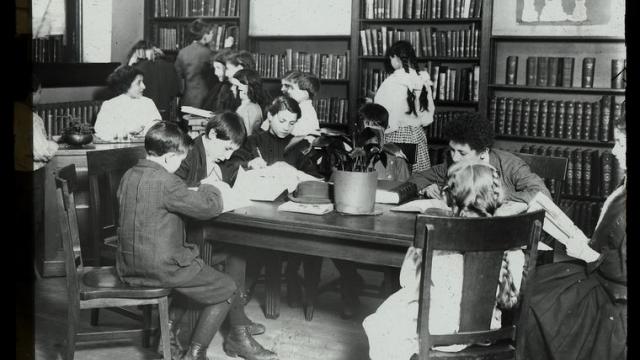
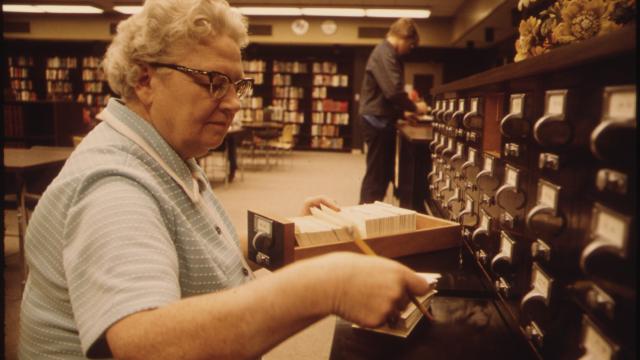
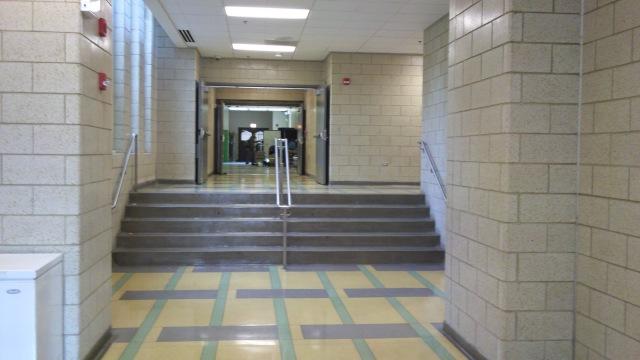








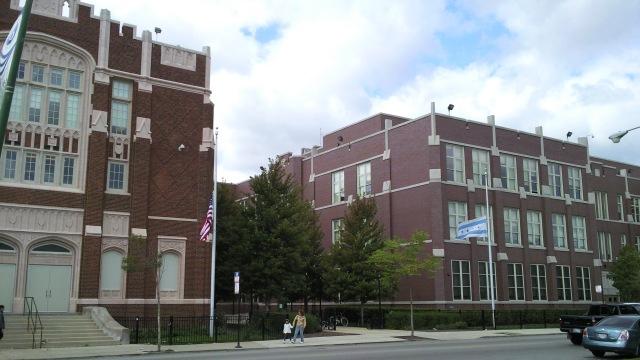

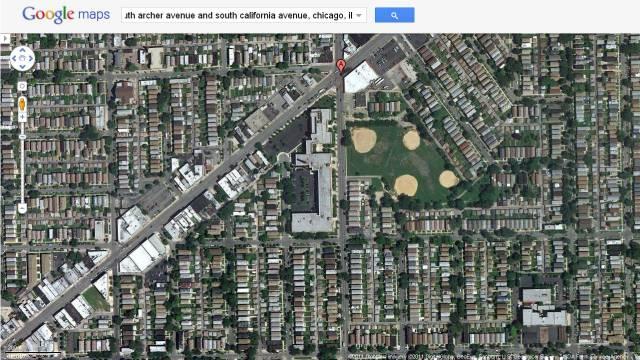


















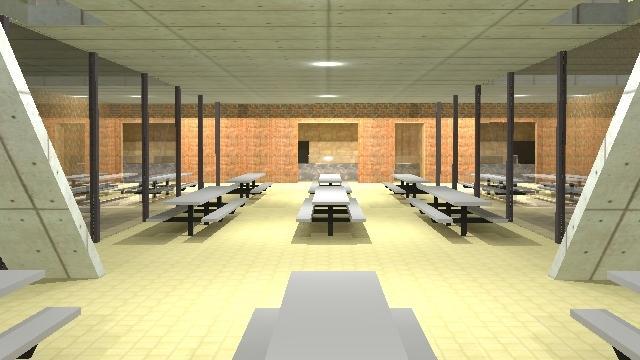

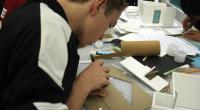

Comments
Hi aubhumphrey10! Thanks for starting a cafeteria design project. We're looking forward to seeing your creative work. Are you planning on submitting this project for judging in the 2012 DiscoverDesign National High School Architecture Competition? If so, you'll need submit a registration form and a consent form to CAF before Wednesday, April 4. Contact us with any questions: discoverdesign@architecture.org.
.
All the details and the forms for entering the competition can be found here: www.discoverdesign.org/Competition2012
Hi Aubrey-
Your problem statement is very comprehensive. You have done a great job of outlining the major issues with the current space. I recommend that you make it a bit easier to read however.
1) Take a few minutes to consolidate and group the statements above into 3-4 problems that will be addressed with your design. Bullet each of the issues for easy reference as well. I think all of your issues are valid. Here are a few additional areas to proof.
2) Group the "facts" about the space together.
3) "The cafeteria may be unsystematic to distribute food to students"
"Unfortunately, with all of the students, there may not be enough sitting room in the cafeteria"
designteach: Is it, or is it not? This is no place for "may" or "maybe"...if the tax payers are going to spend money on a redesign, then let's be sure the problem is valid. Also, is unsystematic the best word to describe??
4) "From my own common awareness I notice that our school’s cafeteria may not work to its maximum potential with the student body."
designteach: Take any "I" or "my" (ownership) out of the problem statement and make it neutral.
The problem statement is so very important as everything you execute in your design should point back to the problem definition.
Cheers,
designteach
THE PROBLEM- (REVISED)
Existing concerns at Johnson City High School Cafeteria include lacking space, poor acoustics and an out-of-date kitchen area. Also, it lacks some slight features that could advance the overall cafeteria and expand it, using more natural resources. Unfortunately, the school’s cafeteria does not work to its maximum potential with the student body.
•The lines to get food are extremely unorganized, long and tedious.
•It is very easy for students to cut and to create problems during the process of lunch time.
•Currently there are roughly 200 students at Johnson City High School. Unfortunately, with all of the students, there is not enough sitting room in the cafeteria.
•When it is cold outside the students cannot all fit inside let alone have a place to sit.
•The school’s center courtyard is an area of vacant space that has potential to be a wonderful area for outdoor seating. The garden/courtyard will allow our school to be very eco-friendly. (The idea of all natural and energy efficient ways to store water, natural soils, and compost would allow our school to offer a healthy cafeteria.)
Revised: 3/29/2012
I like how you summed up everything at the end, taking the problems and bulleting each one. I like your idea of the collaberating of the music and artwork and such. Your plan to redo the cafeteria is very great.
-Kaitlyn.